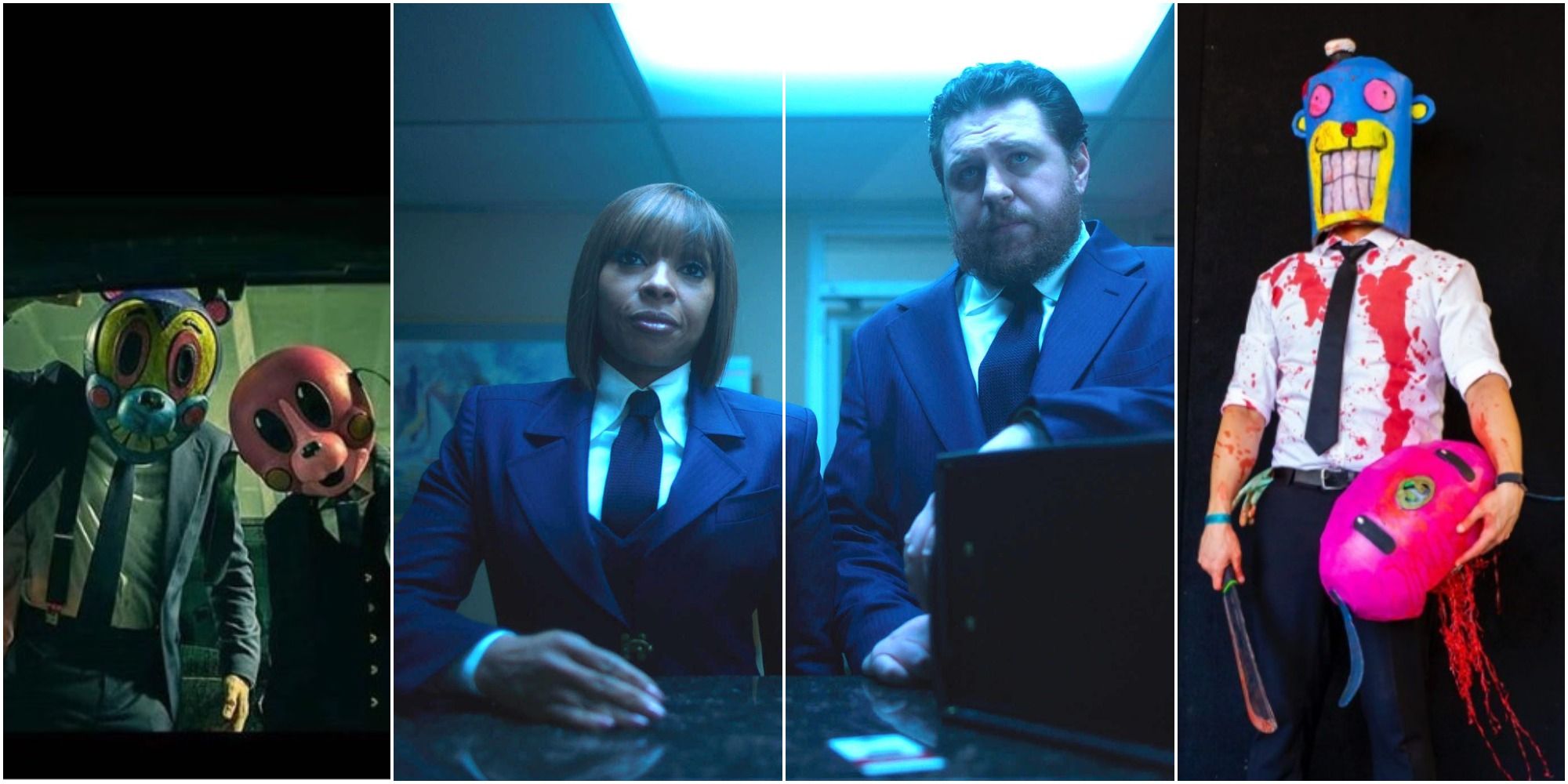

Production of " The Unforgiven", which earned Oscars for its Director/Star Clint Eastwood, as well as its screenwriter, David Webb Peoples, required fifteen years. However, many writers and producers usually pass before a particular concept is realized in a way that is awarded a green light to production. Once the producer and writer have sold their approach to the desired subject matter, they begin to work.
Pixwords scenes umbrella movie#
Perhaps one movie a year will be a "spec" script that was purchased. Very few writing jobs are from original ideas brought to studios by producers or writers. Often it is a competition with several pairings meeting with studio executives and "pitching" their "take". This results in a pairing of producers with writers, where they develop a "take", a basic story idea that utilizes the concept given by studio executives. Also, agents for screenwriters are made aware. They spread these concepts through the industry community, especially to producers they have deals with (traditional studios will have those producers in offices on their lots). The executives return from the retreat with fairly well-established instructions. Alan Watt, writer-director and Founder of The LA Writer's Lab, confirmed that completed original screenplays, referred to as "specs", make big news when they sell, but these make up a very small portion of movies that are ultimately given the green light to be produced by the president of a studio. "In my decade working as a writer, I knew of only a few that were sold and fewer that made it to the screen," relays writer-director-professor Wayne Powers ( The Italian Job). Studios hold general meetings with producers and screenwriters about original story ideas. Such notable examples are " Little Miss Sunshine" and " The English Patient" as well as " Roma". They will additionally acquire a completed and independently financed and produced film. They may have had Blockbusters from their previous year and wish to explore a sequel. Likewise, research through surveys may inform their decisions. Sometimes, they purchase the rights to articles, bestselling novels, plays, the remaking of older films, stories with some basis in real life through a person or event, a video game, fairy tale, comic book, graphic novel. For example, in a year when action is popular, they may wish to explore that topic in one or more movies. They choose trending topics from the media and real life, as well as many other sources, to determine their yearly agenda. Each film studio has a yearly retreat where their top creative executives meet and interact on a variety of areas and topics they wish to explore through collaborations with producers and screenwriters, and then ultimately, directors, actors, and actresses. The development stage contains both general and specific components. Distribution: The completed film is distributed, marketed, and screened in cinemas and/or released to home video to be viewed.Post-production: The images, sound, and visual effects of the recorded film are edited and combined into a finished product.Production: The raw footage and other elements of the film are recorded during the film shoot, including principal photography.Pre-production: Arrangements and preparations are made for the shoot, such as hiring cast and film crew, selecting locations and constructing sets.Financing for the project is sought and obtained. Development: Ideas for the film are created, rights to existing intellectual properties are purchased, etc., and the screenplay is written.Film production consists of five major stages:


 0 kommentar(er)
0 kommentar(er)
